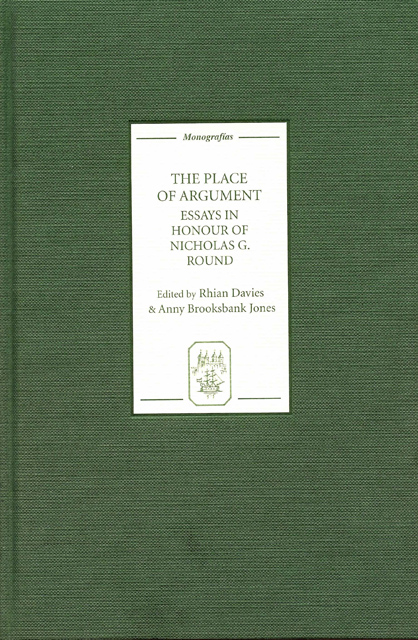Illustrating the Language: The Cultural Role of Translation inthe Spanish Renaissance
Published online by Cambridge University Press: 10 May 2023
Summary
In 1534 Garcilaso de la Vega wrote in his prologue to Juan Boscán’s translation of Castiglione’s Il libro del cortegiano:
tengo por muy prinçipal el benefiçio que se haze a la lengua castellana en poner en ella cosas que merezcan ser leídas; porque yo no sé qué desventura á sido sienpre la nuestra, que apenas á nadie escrito en nuestra lengua sino lo que se pudiera muy bien escusar, aunque esto sería malo de provar con los que traen entre las manos estos libros que matan hombres.
(1534: fol. 3v)In writing off the dead-weight of medieval killer-books as a thing better dispensed with, Garcilaso was proclaiming the advent of the Renaissance on Spanish soil. The prologue was his manifesto for a new prose, just as Boscán’s prologue to their collected poetry ten years later was to be a manifesto for a new poetry (Boscán 1543). Boscán advanced the paradoxical claim that the birth of the new depended on imitation of the old – had, in effect, to be a rebirth. Garcilaso likewise asserts that a principal benefit one can do one’s native language is not by writing original works, but by translating foreign ones.
Behind this claim lay a Renaissance commonplace about ‘illustrating’ the vulgar languages – that is, making them illustrious, raising them to the lustre of literary speech through imitation of more prestigious languages. But howdid this differ from the project of the chorus of writers in fifteenth-century Spain who dedicated themselves with earnest passion to the task of translating classical texts? For it appears that Garcilaso’s assault on ‘libros que matan hombres’ was aimed at these very men. It picks up a phrase in Boscán’s own prologue to El cortesano, where as part of a diatribe against the ‘vanidad baxa y de hombres de pocas letras’ of those who go about romançando libros, Boscán tells the story of a man who found the Roman anecdotalist Valerius Maximus killed dead, as it were, by his Spanish translator:
hallando a Valerio Máximo en romançe y andando rebolviéndole un gran rato de hoja en hoja sin parar en nada, preguntado por otro qué hazía, respondió que buscava a Valerio Máximo. (1534: fols 2r–3r, ‘A la muy manífica señora doña Gerónima Palova de Almogávar’, at fol. 2r)
- Type
- Chapter
- Information
- The Place of ArgumentEssays in Honour of Nicholas G. Round, pp. 127 - 148Publisher: Boydell & BrewerPrint publication year: 2007



